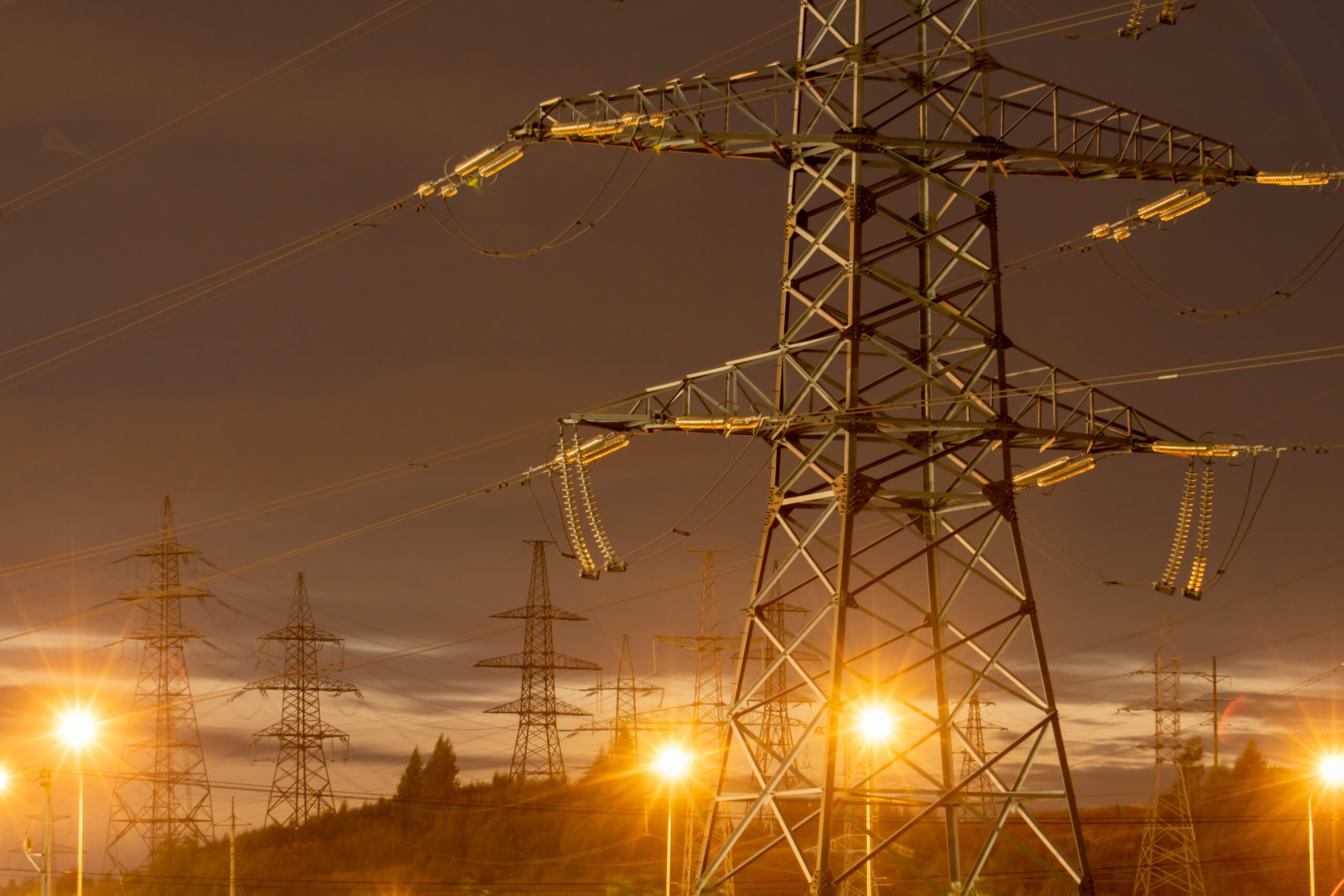Researchers in Singapore have unveiled a groundbreaking approach to generating electricity from raindrops, successfully powering 12 LED lights for 20 seconds using a compact setup that involves a slim vertical tube and precisely timed droplets.
At the core of this discovery is a flow behavior known as plug flow, where all particles within a cross-section move with the same speed and direction. This flow pattern has proven to significantly amplify the amount of electricity produced by falling water.
“When two materials come into contact, the charged entities on their surfaces get a slight nudge, similar to the static electricity that builds up when you rub a balloon against your skin,” said Siowling Soh, PhD, an associate professor at the National University of Singapore and the study’s lead author.
“Water that falls through a vertical tube generates a substantial amount of electricity by using a specific pattern of water flow: plug flow,” Soh continued. “This plug flow pattern could allow rain energy to be harvested for generating clean and renewable electricity.”
Unlike traditional hydroelectric systems that require large water bodies like rivers to turn turbines, this method uses the movement of individual rain-sized droplets falling through a vertical tube. As each droplet hits the tube’s top, it forms a short slug of water, separated by air pockets. This segmented pattern enhances the separation of electric charges as the slugs move downward along the tube’s conductive inner surface.
The generated energy is captured at both ends of the system via wires, and the water is collected in a container at the bottom. This setup was able to convert more than 10% of the water’s potential energy into usable electricity—a performance that is five orders of magnitude greater than what’s achievable with a continuous stream of water.
Although the lab experiments used slower droplets than typical rainfall, the research team is confident that real-world conditions, with faster natural rain, would improve the system’s performance. Further testing revealed that using two or more tubes at once significantly boosted output. In the most successful test, four tubes working in tandem were able to light up 12 LED bulbs for 20 seconds.
This promising technique opens the door for harvesting renewable energy from rain, offering a new avenue for sustainable power generation even in regions without large water resources.






